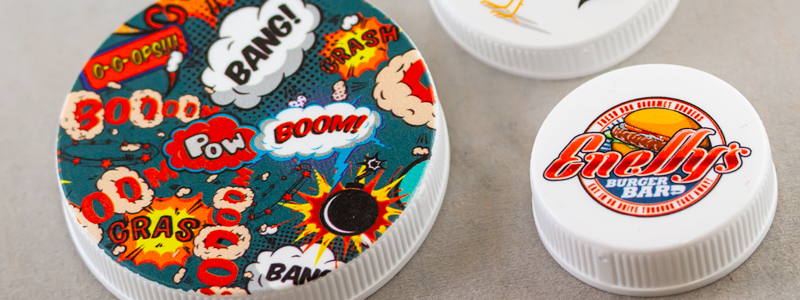
Small format printing is the process of printing images directly to multiple small parts in a single print cycle. Small format printing differs from conventional offset printing as it is most often done using a digital inkjet machine that deposits small droplets of ink directly onto a part rather than the use of ink transferring by pad printing plates. The amount of parts printed in a single cycle varies based on inkjet bed size.
Other printing methods may not be suitable for projects, whereas small format printing can really shine. Some of the projects that small format printing benefit include:
When planning a print project for small format printing, there are items to be aware of. Some considerations include:
Often print speed and bed size coincide with the volume of parts to be printed. It is important to evaluate the need for print speed based upon how many pieces are expected to be printed. In addition, print speed is an important factor in how many projects are done in a day. The slower the printer, the longer a project will take to be completed. Therefore, fewer projects will be completed each shift.
Consider what quality your finished product must meet. While digital machines have come a long way in terms of quality, it varies greatly by machine. Print quality also affects print speed and price of the equipment. All important factors to keep in mind.
The bed size of an inkjet printer is key in identifying the appropriate small format printer. What is the size of your parts? How many do you need to print in a single cycle? Bed size in most small format printers will vary greatly.
By making the above considerations, you will help ensure success with your next small format digital printing project and end up the final piece that you wanted. Whether you are looking at small format to save on costs, to print a smaller run, use variable data, or take advantage of some of the special finishes small format printing may be the answer for your next printing project.
Contact us today to learn more about small format printing.
Back to Blog Home
Printing Etc
Enjoyed reading the article above , really explains everything in detail, the article is very interesting and effective. Thank you and good luck for the upcoming articles.
September 13, 2020